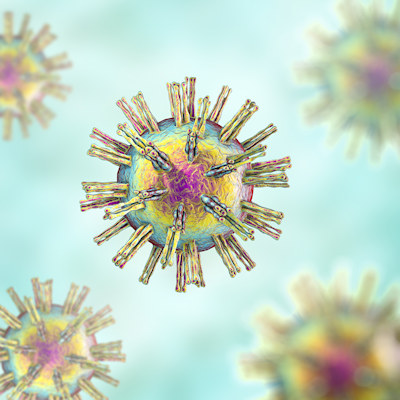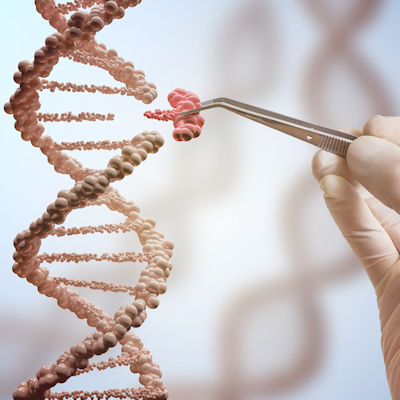September 8, 2020 -- Can gene therapies prove effective for the treatment of rare genetic diseases? One company may have found a solution that incorporates a high degree of customization, manufacturing expertise, and years' worth of knowledge.
Having been with Applied Genetic Technologies Corporation (AGTC) for almost 20 years, CEO Sue Washer has first-hand experience in seeing novel ideas come into existence and leading the company through many development milestones. AGTC is a clinical-stage biotechnology company that focuses on gene therapies to restore visual function to patients with rare diseases. The company was founded in 1999 and has been working on these and other therapies ever since.

Washer explains that disease progression in the clinical indications the company is focusing on depends on the specifics of the genes that are mutated. The company's lead product focuses on one such indication: X-linked retinitis pigmentosa (XLRP), a condition that is degenerative over time and usually results in complete blindness by the age of 60. Another disease that AGTC is targeting is achromatopsia. Individuals with the condition are born legally blind, with light sensitivity and no color vision, but their disease is stable over time.
The mechanisms behind diseases inform not only the type of treatment but also when treatment can be given. In the case of achromatopsia, because the disease is stable, treatment could potentially be given at any time (as young as three years of age through adulthood) with similar results. However, with a degenerative disease such as XLRP, earlier treatment would be expected to lead to clinical improvement or disease stabilization.
It's not a one-size-fits-all situation with rare diseases
AGTC uses adeno-associated virus (AAV) vectors to carry a correct copy of a mutated gene into the eye's photoreceptor cells, which turn light waves into electrical signals that the brain recognizes. Poor photoreceptor functionality leads to impaired vision. Each AAV vector, including all its components (gene cassette, promoters, and capsids), is specifically designed for each indication.
Furthermore, each vector is extensively tested in naturally occurring large-animal models of the disease so that researchers can get a deep look at the safety of the vector and the replacement gene and determine if the approach can fix the underlying biology of the disease. All vectors are also tested in nonhuman primates, who are the most similar to humans, in order to identify potential issues that would not be seen in other mammals who have different structures and geographic organization of those structures. This acts as a last check before clinical trials to make sure that the vectors are getting to the right places and to reduce the potential for safety issues when administered to human subjects.
AGTC has been working in the ophthalmology space for over 10 years. In that time, the company has developed a proprietary herpes simplex virus (HSV)-based, high-yield, high-purity manufacturing process. With this process the company is able to recover a final product in which 90% of the viral particles contain the full gene cassette packaged inside, and which is 97% pure and free of process residuals. Moreover, the use of an active infection process and stir tank bioreactors helps make the process easily scalable to meet expected production demands.
The development process is highly customized for each vector and indication, Washer explained. AGTC focuses on the use of naturally occurring disease models (dogs, sheep), which are much more replicative of the human clinical indication, to better understand how vectors will affect a specific clinical phenotype.
With this knowledge the company can design a highly customized vector for each indication, which despite the extra investments in time and money, sets the company up for success when a product enters the clinic.
Why rare diseases?
When asked why the company focuses on gene therapies for rare diseases instead of more broadly applicable therapies, Washer replied that it was a combination of historical expertise and the personal interest of one of the original investors that set the company on the track toward these indications.
"There has to be personal dedication and investment to get through all the hard years of early research," Washer said. "In new diseases and unmet needs, somebody needs to take the ball and run with it. And it is quite often someone who has been personally touched."
AGTC remains committed to rare diseases and the dramatic impact that its potential therapies can make in patients' lives. Washer noted that she believes that customization and using the best technology available will help the company as it continues to work in the rare diseases space.
"We are trying to make a difference for patients with inherited retinal diseases and who are losing visual function every day and whose quality of life is severely affected and where there is not much else available for them," Washer offered.
On September 9, the company will be giving an update on the planned phase II/III clinical trial for its XLRP program, and by year's end will provide longer-term results from the XLRP and ACHM on-going Phase I/II studies.
Copyright © 2020 scienceboard.net









